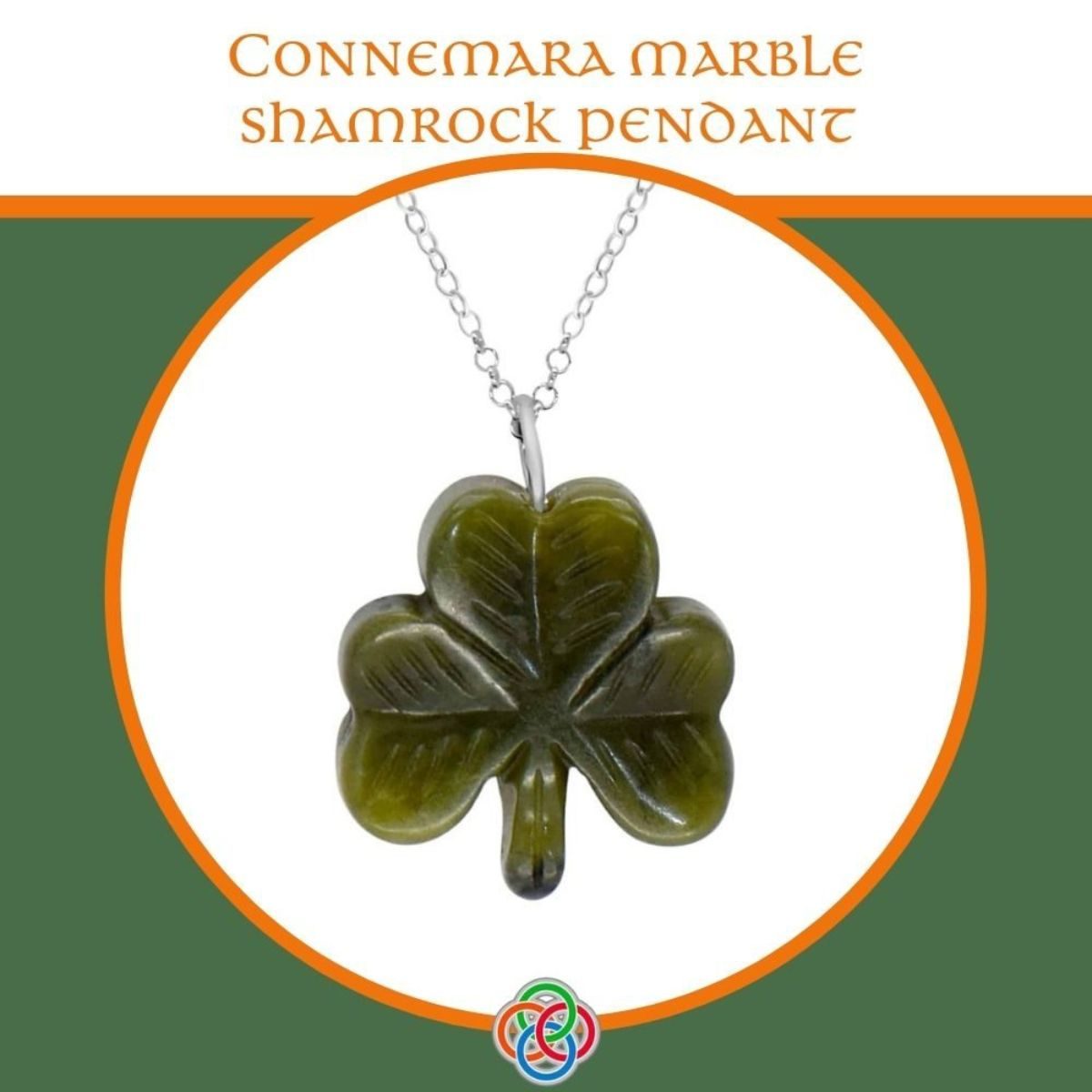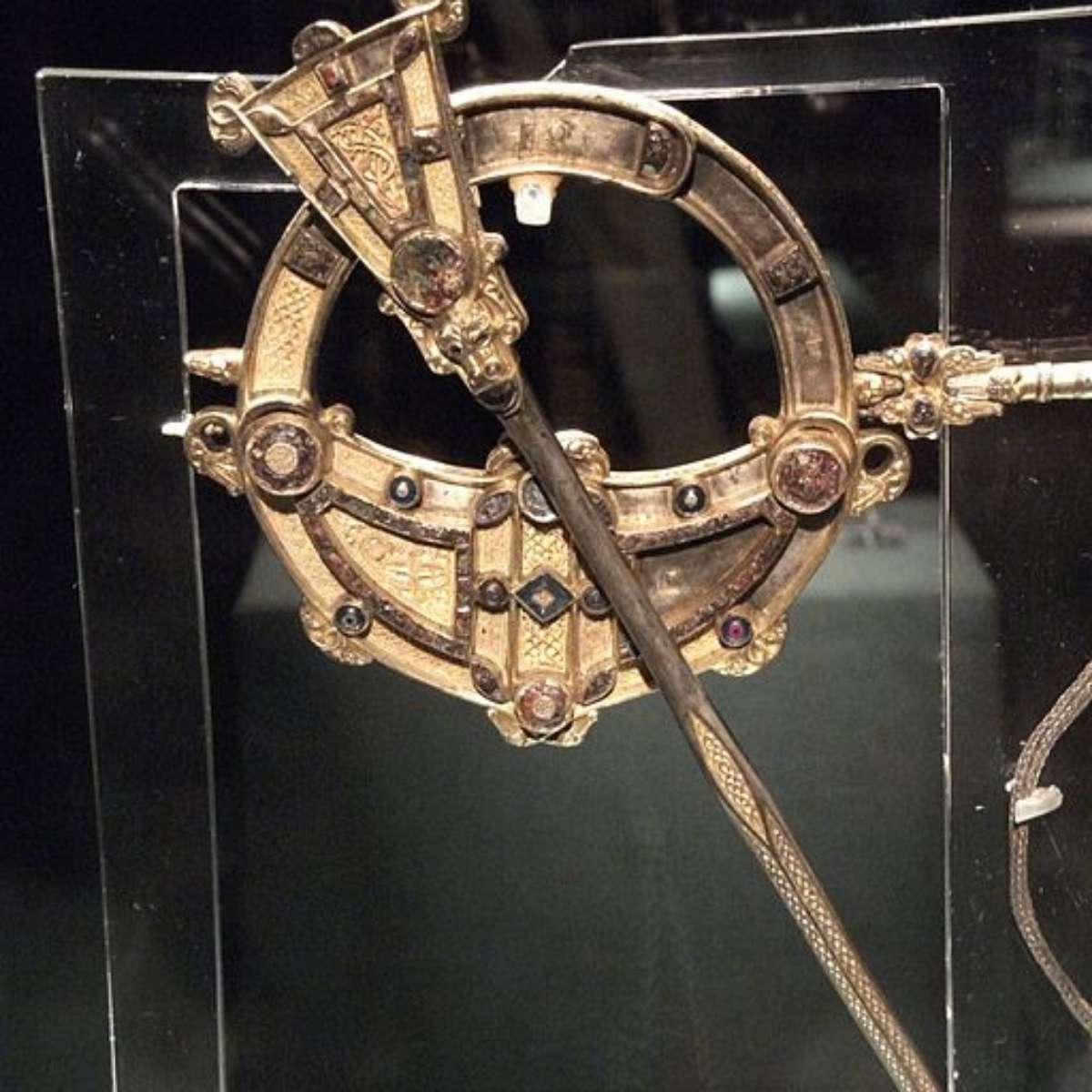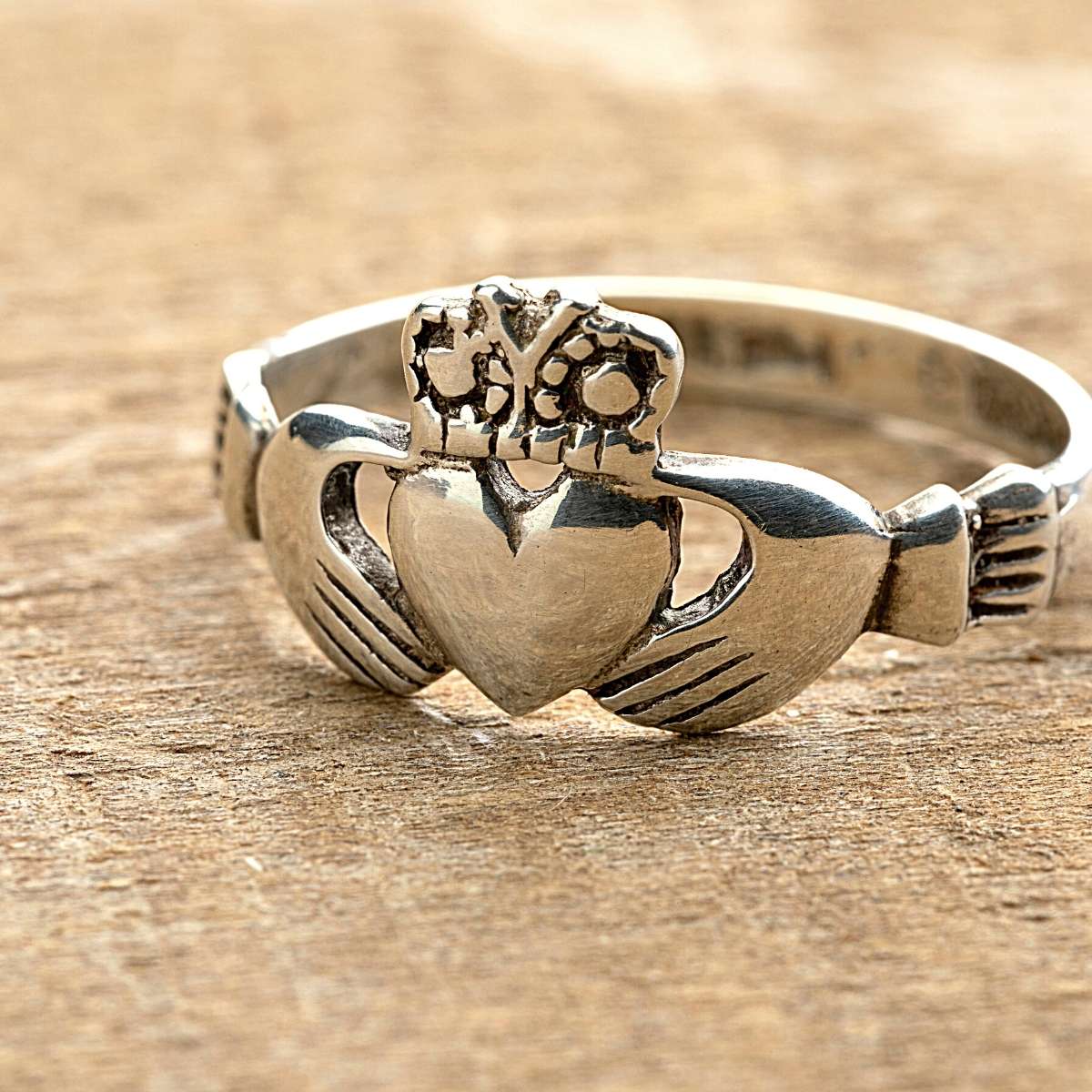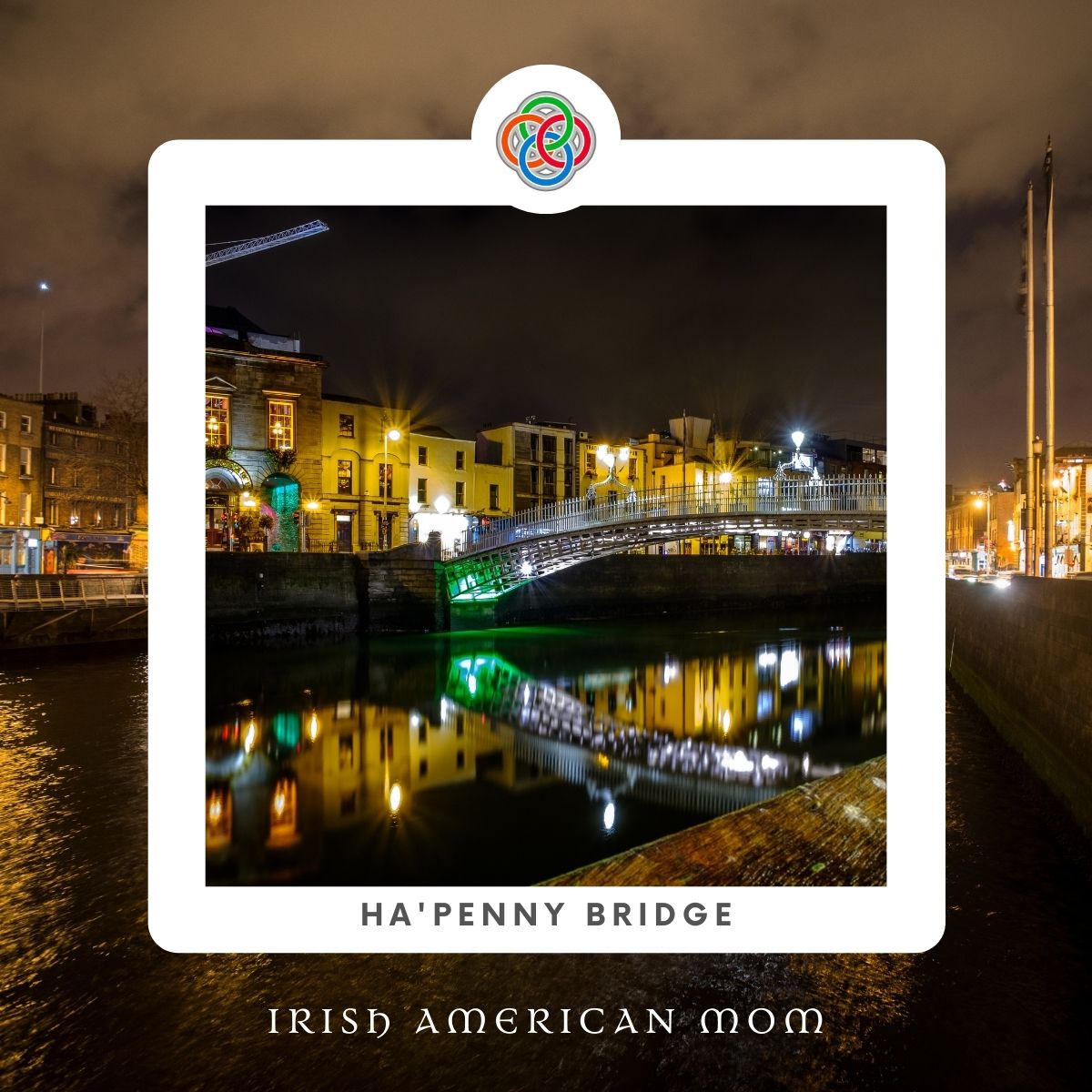Symbols Of Ireland
Ireland has many famous emblems - the Irish tricolor, the shamrock, and the harp to name a few. But many, many things remind me of Ireland. Every time I see a rainbow in the sky, I think of the Emerald Isle. But these are easily identifiable symbols of Ireland. My list of iconic symbols is far longer and includes sods of turf, Irish dressers, round towers, ogham stones and Celtic knots. The list goes on and on. Join me in this section as we discover the many things in life, both big and small, that trigger a nostalgic longing for Ireland in our souls.
-
The Irish Harp: A Tale of Ireland's National Emblem
-
Ireland's Arched Bridges
-
Old Irish Boreens
-
Celtic Christening Gowns As Family Heirlooms
-
What Is A Shillelagh?
-
Aran Sweater Giveaway From Standún, Spiddal
-
Painted Clans Giveaway For Father's Day
-
The Thatched Cottage As A Symbol Of Ireland
-
Connemara Marble Shamrock Pendant
-
The Story Of The Saint Brigid's Cross
-
The Rose As A Symbol Of Ireland
-
The Tara Brooch
-
Irish Cottage Windows
-
Everything You Should Know About The Book of Kells
-
The Magic Of Thatched Cottages
-
Green Irish Post Boxes or Mail Boxes
-
What Is Irish Turf?
-
The Meaning Of The Claddagh Ring
-
What I Miss About Ireland - Rainbows
-
What is a Celtic Torc?
-
Old Irish Road Signs - Giveaway
-
What Is A Dolmen?
-
Irish Famine Pots
-
The Shawl: An Irish Fashion Statement Of Old, Plus A Beautiful Pashmina Giveaway To Celebrate St. Patrick's Day
-
Ireland's Round Towers
-
The Meaning Of the Trinity Knot Plus A Giveaway for a Celtic Mother's Knot Necklace
-
Ogham Stones And Ancient Irish Writing
-
The Irish Flag
-
A Giveaway From The Aran Sweater Market To Celebrate Saint Patrick
-
Why Milk Churns Remind Me Of Ireland
-
Dublin's Ha'penny Bridge
-
The Metal Gate - Ireland's Picture Frame
-
Bog Cotton - An Irish Wildflower
-
Celtic Cross Silver Pendant Day Six Gift
-
Introducing Claddagh Design - A Modern Twist On Traditional Irish Jewelry
-
What is a Connemara Pony?
-
Discover The Book Of Kells Through Trinity College's Free Online Course
-
History Of The Aran Sweater Plus A Giveaway From Standún, Spiddal







































